|
Aaron, after the scaffolding was put up right close to the first floor supports, saw that he would want to propose changing the plan for reconstructing the first floor supports that will be much more in keeping with the original layout. We will have removed three layers of flooring on the first floor, carefully removing what we can save and re-using the good stuff for the underlayment of the floor so it will look as it does today from within the foundation. By the end of May the deck was built to provide access for building the northern wall. Rod and his two sons have rigged up a pulley from steel I-beams stretched across scaffolding outside the building. They move stone onto the deck with the skidder, then drill a hole in the stone, insert a threaded sleeve, then screw in an eye-bolt. Then they just hoist the stone or granite block and lower it into the hold. Down there, Rod’s nephew sets the stone in place on wet cement laid on top of the footing. A zip line runs from a locust on the Luhn property through the open west wall, through a northern window and then attaches to a maple down our property toward Pleasant Street. The zip line lifts the huge hemlock beams and slides them over to the Mill to be set in place. Another cool thing we saw was an “Archimedes” rig for determining the level of the floor. Not yet using lasers, so they used a water tube on the second floor to figure out how much each part of the floor needs to be adjusted to have everything level so as to counter sagging of as much as 10 inches. The western wall has steel plates on all the posts, with jacks rigged to the plates. This is how they lift the whole west wall to slide in new sills. The next design focus has to be on getting the details set precisely for the turbine installation. The discovery here is that most of the floor is large stone and rubble, rather than ledge, so placing the penstock has become easier and may not require chipping away at ledge. This team will have to try to save as much of the old wheelhouse as possible; we will probably be able to save about half of the hole where the old penstock entered as well as the remains of the old turbine to the west of the penstock entry point.
You can see why it’s exciting to be here every step of the way! Tony has said all along that every time he goes into the Mill, he discovers something new. These are some examples he has reported: The most exciting thing we (the team) discussed was the discovery of a circle cut out of the timbers in the undercarriage to house a bedstone. This had been buried under the floor, which was three or four boards thick in some places. They obviously just added flooring whenever needed, rather than ripping anything up… Weight was added, holes were drilled, foundation stones were removed, joists were drilled, etc. It is a real testament to the original design that the building didn’t collapse long ago. We now want to figure out how to show this area, not burying it again beneath the floor… Glass? I will check with TriPyramid, which helps build the flagship Apple stores. Back in early April we found a great spot where the belts came up through the floor between first and second floors in the first ell. Before that, surprises came up at every visit… the scribe-rule joinery, the English tying joints over gunstock beams, the old tubs for lacquering the turned handles, etc. The crew has found, as they have cleared the detritus, some interesting equipment such as cutting tools, grinding wheels, and many turned wooden pieces of various shapes and sizes. They also discovered a nameplate on piece of hardware we had been unable to identify. I later discovered that it was a dowel maker from W. S. Hawker Mfg. Co. of Dayton, Ohio.
You come upon this wonderful old sleeping reminder of the past as you turn into the quiet corners of Freedom Village on the way to Village Farm. It fairly speaks -- silently -- of the past. You can almost smell the fresh sawdust, touch the rough lumber or sift the grains through your hands, see the millstones turning… But it’s the SOUND of the force that powered all that, the water! that is here, not just an echo but alive, a dimension, ready to lend life again to The Mill and the Village of Freedom. Now, just as it has for who knows how many years, the water plunges down the dam from that quiet millpond and courses through to Sandy Stream, bringing the natural force of its strength beneath the mill structure. Its sound is pervasive. Hearing it brings alive the vision of restoring the vitality this stream once brought to daily life In Freedom. It is a life force for the creatures that live within the stream and pond: a beaver swims in the millpond, loons cry out from Sandy Pond (aka Freedom Pond) upstream, geese land on the intermediate “duck pond” as they return from their winter homes to the south, elvers – young eels -- find their way up to and around the dam as they migrate from the Sargasso Sea in the middle of the North Atlantic Ocean where they were spawned. But the stream is also a life force for the community of humans, who gathered there in the early 18th century to carve a life out of the wilderness, who relied on the river for their subsistence and their income, who abused the river because it seemed indestructible and who now appreciate it for its beauty and reviving wildlife.
The Mill expresses the promise of the past when it, like so much of the country that depended on river power, was part of the thriving community. It’s just waiting for the renewal of a familiar life. Hearing the constant sound of the water, you can listen for the voices of old-timers who today remember the place this mill held in the vitality of their eras as they recall their memories for the interviewers who are recording this renewal on film. The Mill is a stage, returning many of the props of those days to renewed use; it stirs the figurative wheels of imagination. Listen to the echoes and think of the restoration that has already taken the lead in bringing back that energy that held such a vital part in the development of this land. It was the realization that this mill and power source could be restored without compromising the river environs that prompted our investigating the possibilities. Only later did we become so thoroughly enchanted by the history of the mill and its original construction that has withstood the ravages of time and intensive use and abuse. That it is still standing at all is a tribute to those who designed and built it without the benefit of power equipment. They built it to withstand the vibrations of three grinding wheels, and it has done that and more. This is our opening blog about the Mill and hydropower rehabilitation project. Blogging itself is new to us, so bear with us as we figure out our “voice” and what information might be passed along via this route. We will try to attach pictures of interesting developments as we go so you can get a real feel for the issues we confront and the progress we are making.
This blog will be a family affair. The commentary you receive will be from a number of different sources. The commentary might come from any of us, including, importantly, our grandson Joseph who lives next door to the mill at Village Farm. Joseph is 9 years old and has been a daily observer of developments at the mill and an active participant in all the meetings of the professionals executing this project. Much of it will come from Tony as he keeps a diary of the project’s issues, process, etc. All will be compiled and edited by Aunt Ewe Dennis. |
Author
This blog follows the process of rehabilitating the mill and restoring hydropower to the dam at Freedom Falls in Freedom Maine.
Archives
January 2023
Categories |
Copyright © Tony & Sally Grassi 2012. All rights reserved. www.millatfreedomfalls.com
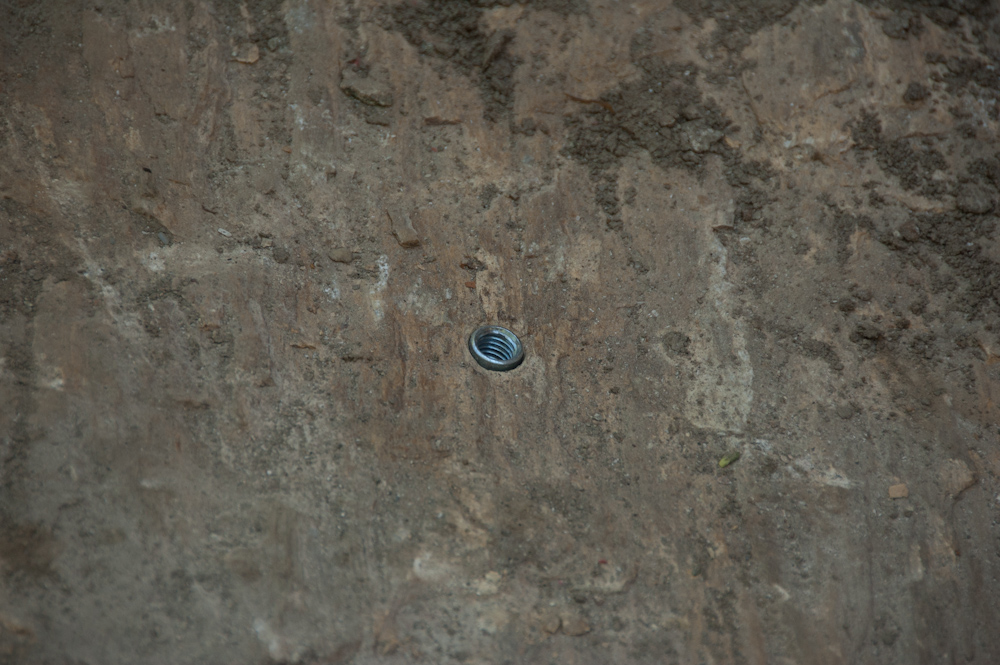
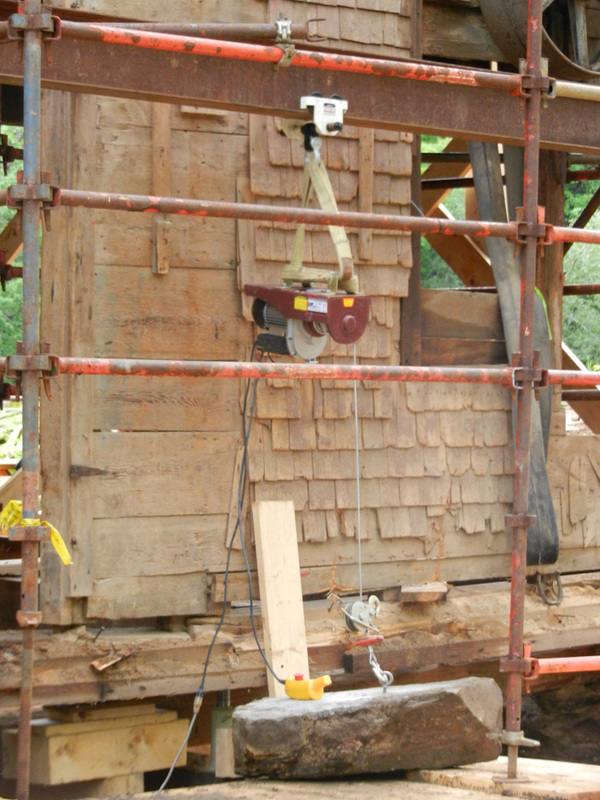
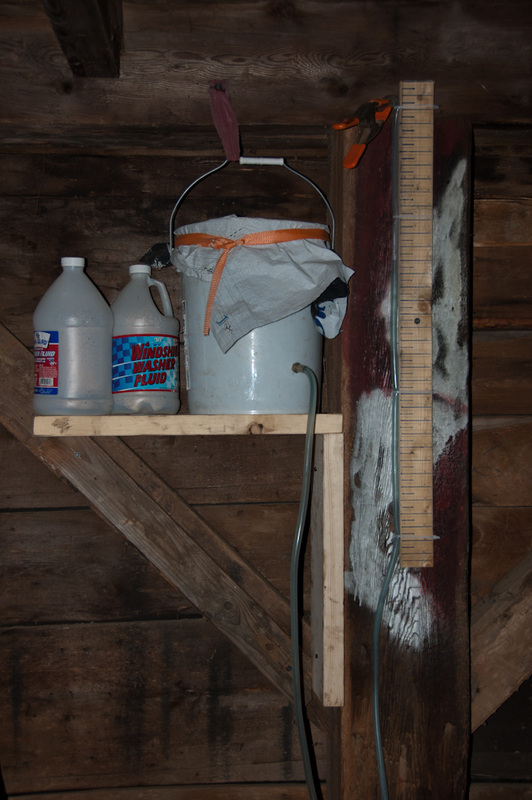
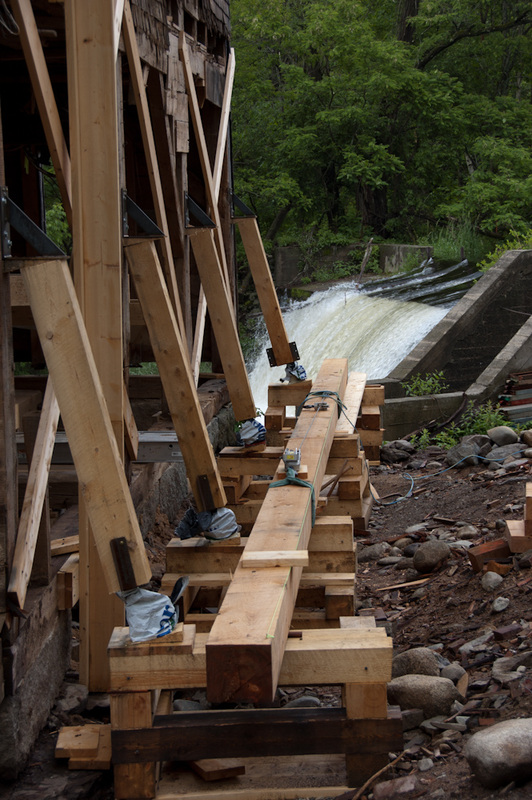
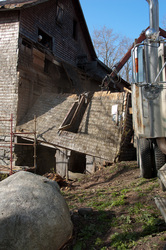
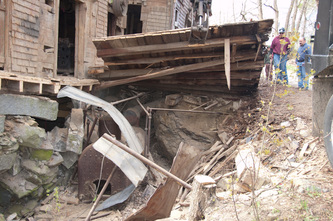
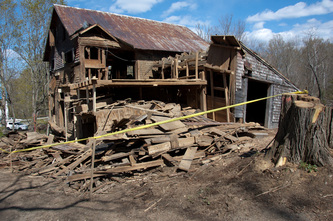
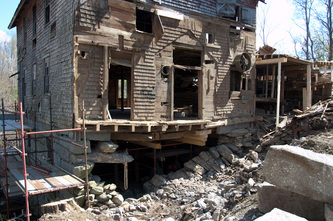
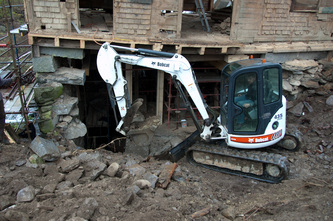
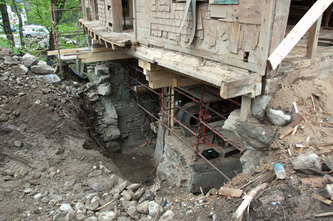
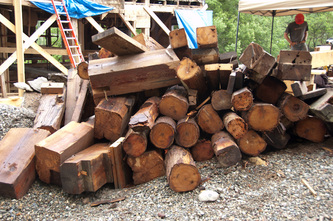
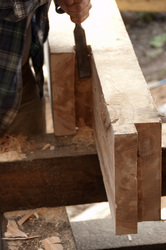

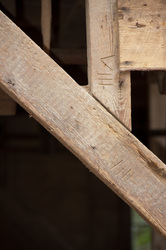

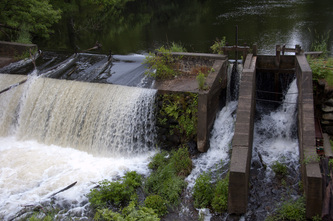
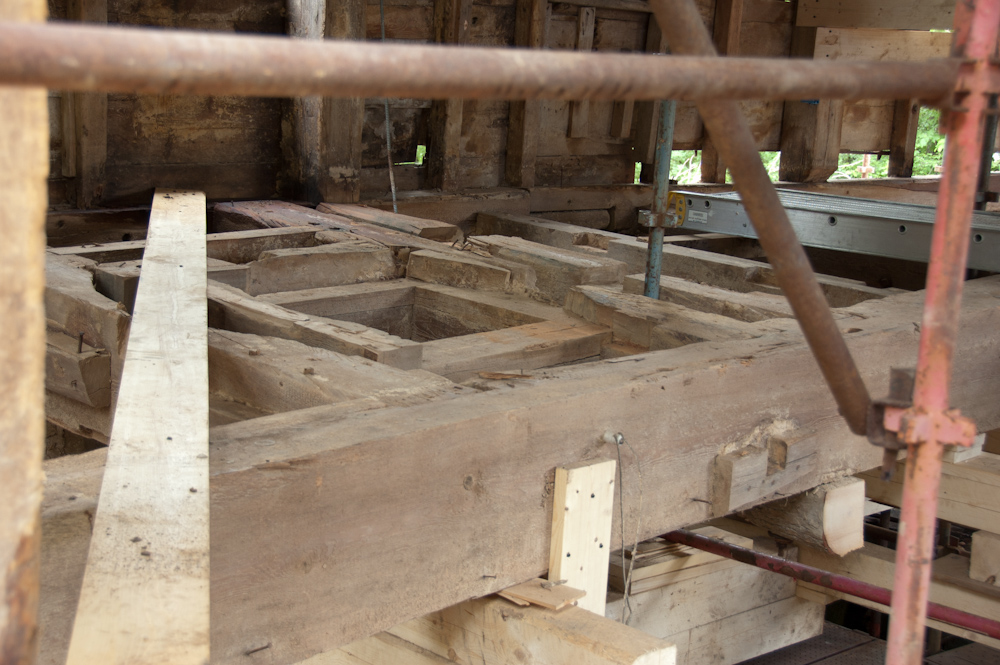
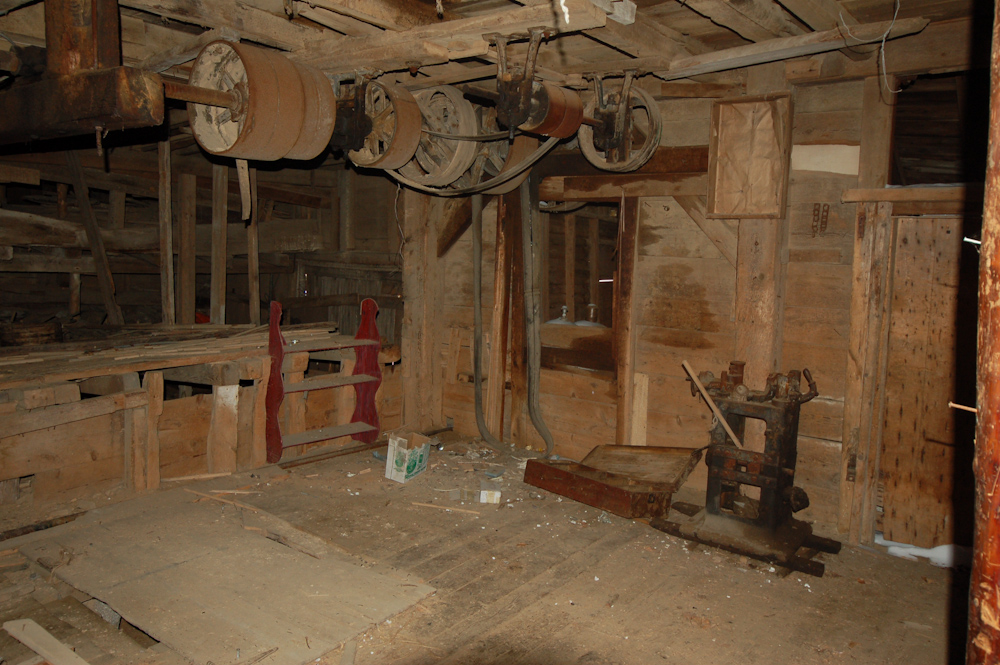
 RSS Feed
RSS Feed
